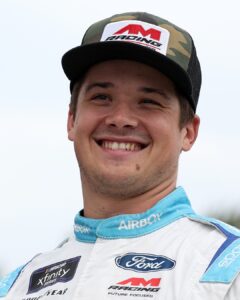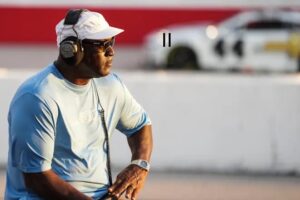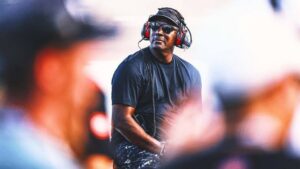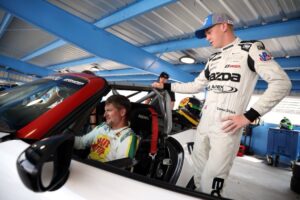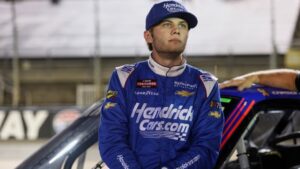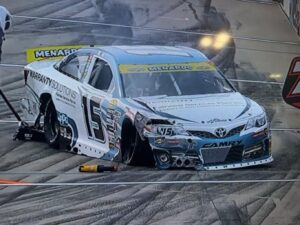Joe Gibbs Racing (JGR), one of NASCAR’s most iconic and successful teams, has long been celebrated for its dominance on the track. However, a recent candid disclosure by the team sheds light on the financial complexities behind maintaining a competitive edge in the high-stakes world of motorsports. As JGR navigates the 2024 season, team executives have opened up about the rising costs of racing, driver contracts, and the hurdles they face in staying ahead.

From multimillion-dollar sponsorship deals to the ever-growing expenses of Next Gen cars, JGR’s revelations offer a rare glimpse into the financial machinery of NASCAR and the challenges teams are grappling with in an increasingly competitive era.
The Rising Cost of Staying Competitive
JGR, home to drivers like Denny Hamlin, Christopher Bell, and Martin Truex Jr., operates at the pinnacle of NASCAR competition. However, fielding multiple cars in the Cup Series comes with a hefty price tag. According to team insiders, the cost of building and maintaining Next Gen cars has significantly increased in recent years, with teams now spending upwards of $20 million annually per car.
David Alpern, President of Joe Gibbs Racing, explained, “The margins in this sport are razor-thin. Even for a team like JGR, balancing performance, sponsorship obligations, and financial sustainability is a constant challenge.”
One of the most significant expenses? Research and development. With the Next Gen car designed to level the playing field, teams like JGR have invested heavily in data analysis, simulation technology, and driver feedback to gain any competitive advantage.
The Sponsorship Puzzle
Sponsorships are the lifeblood of NASCAR teams, and JGR is no exception. Each of their cars carries high-profile sponsors, such as FedEx (Denny Hamlin), Bass Pro Shops (Martin Truex Jr.), and Rheem (Christopher Bell). These partnerships are critical, often covering up to 80% of a car’s operational costs.
However, JGR has revealed that securing long-term sponsorships is becoming increasingly difficult. The team cited the economic pressures many companies face and the growing emphasis on return on investment (ROI) metrics.
Joe Gibbs, team owner and NASCAR Hall of Famer, highlighted the challenges: “Sponsors today are more demanding than ever. They want to see results both on and off the track—winning races, engaging fans, and driving brand visibility.”
Despite these pressures, JGR continues to prioritize its relationships with sponsors, leveraging its drivers’ star power and the team’s legacy to maintain partnerships.
Investing in Drivers: A Double-Edged Sword
JGR is renowned for developing some of NASCAR’s most talented drivers, but this success comes with its own set of challenges. Drivers like Denny Hamlin, with his veteran status, command top-tier salaries, while younger talents like Ty Gibbs represent a long-term investment.
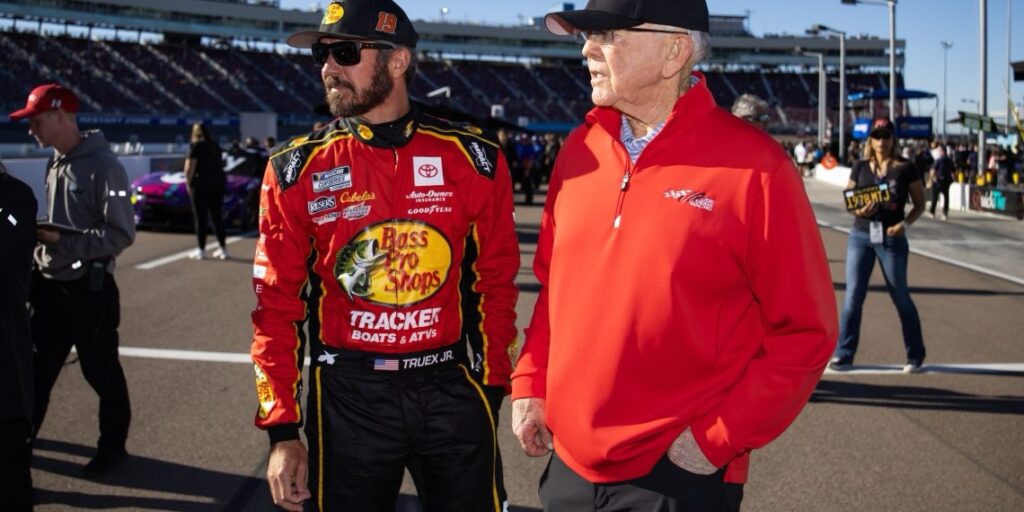
Insiders at JGR revealed that driver salaries can range from $2 million to $10 million annually, not including performance bonuses or endorsements. While retaining top talent is essential for winning championships, it also places a significant financial strain on the team.
JGR is also grappling with a unique challenge in 2024: balancing the impending retirement of Martin Truex Jr. with the need to develop his successor. Truex’s departure will mark the end of an era, and the team must ensure it has the resources to attract and develop a driver capable of filling his shoes.
2024 Struggles: Financial and Competitive Woes
The 2024 season has proven to be a challenging one for JGR, both on and off the track. While Christopher Bell has consistently performed well, the team has faced stiff competition from other powerhouses like Hendrick Motorsports and Trackhouse Racing.
From a financial perspective, rising costs associated with the Next Gen car have forced JGR to rethink its budget allocation. Unexpected repairs, logistical expenses, and changes in NASCAR regulations have only added to the strain.
Additionally, the uncertainty surrounding NASCAR’s media rights deal for 2025 has left teams like JGR in a precarious position. With teams currently relying on a portion of NASCAR’s TV revenue, any changes to the structure could significantly impact their financial planning.
Looking Ahead: JGR’s Plans for 2025 and Beyond
Despite the challenges, Joe Gibbs Racing remains optimistic about the future. The team is exploring new avenues for sponsorship, including digital and international partnerships, and is doubling down on fan engagement initiatives to ensure long-term growth.
Joe Gibbs also emphasized the importance of adapting to change: “This sport has always been about resilience. We’ve faced challenges before, and we’ll overcome them again. Our focus is on building a sustainable future for JGR and continuing to compete at the highest level.”
With the 2025 season on the horizon, JGR is also preparing for potential changes in NASCAR’s financial landscape. Whether it’s adapting to new revenue-sharing agreements or embracing innovative marketing strategies, the team is committed to staying ahead of the curve.

Joe Gibbs Racing’s transparency about the financial realities of NASCAR offers a sobering yet insightful look at the pressures faced by even the most successful teams. From managing skyrocketing costs to investing in drivers and maintaining sponsorships, JGR’s journey is a testament to the complexities of competing in a sport where every fraction of a second—and every dollar—counts.
As JGR navigates the 2024 season and plans for the future, one thing is clear: the team’s legacy of excellence will continue to drive its efforts, both on and off the track. Whether through innovation, resilience, or sheer determination, Joe Gibbs Racing remains a cornerstone of NASCAR’s competitive spirit.












